The US Peptide Anticoagulant Drugs Market is witnessing several significant trends that are shaping its landscape. One of the key market drivers is the increasing prevalence of cardiovascular diseases and thrombosis-related conditions among the American population. According to the Centers for Disease Control and Prevention, heart disease remains a leading cause of mortality in the US, fueling demand for effective anticoagulant therapies. Additionally, the growing awareness and acceptance of peptide-based therapies, coupled with advancements in drug delivery systems, are propelling this market forward.
The shift towards personalized medicine and the development of targeted therapies offer promising opportunities for new drug formulations that can cater to individual patient needs.Lately, there has been a distinct shift in the clinical focus toward developing innovative peptide anticoagulants with higher efficacy and fewer adverse effects. Support from the government, such as The Food and Drug Administration, is also promoting development and fast-tracking approvals for new treatments that require innovation.
Furthermore, the pandemic has intensified the focus on anticoagulation therapy as a critical component of managing the most severe cases, which has increased the attention and funding directed towards this field. There is still a less extensive understanding of the benefits of peptide anticoagulants, but with time and wider accessibility, there is an observable increase in the tendency to move toward standardized care protocols that incorporate these treatments.
Enhanced collaboration between pharmaceutical companies and healthcare institutions could further expand the availability of these drugs, underscoring their potential impact on the US healthcare landscape. Overall, the US Peptide Anticoagulant Drugs Market is on an upward trajectory, driven by a combination of health needs, innovations, and increased access to therapy.
Source: Primary Research, Secondary Research, Market Research Future Database and Analyst Review


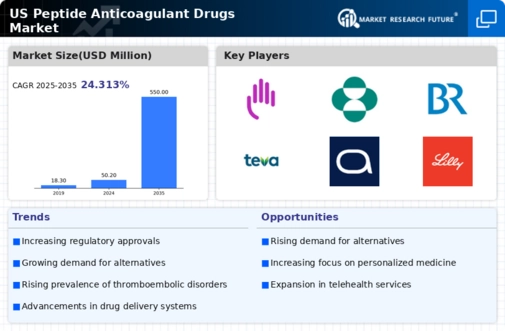
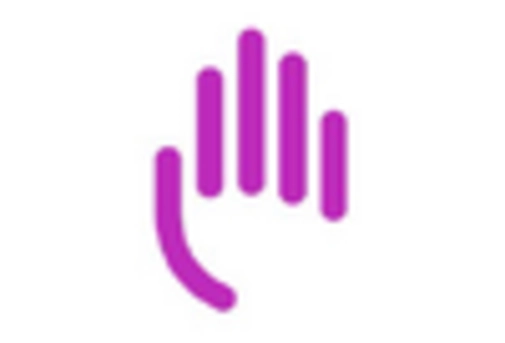
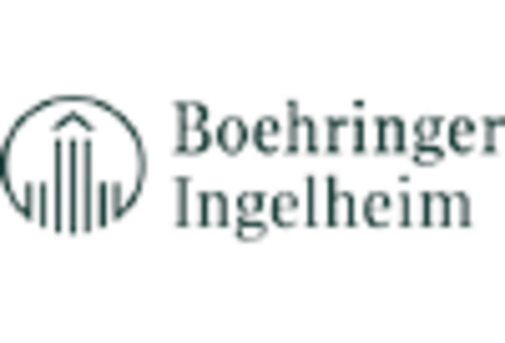
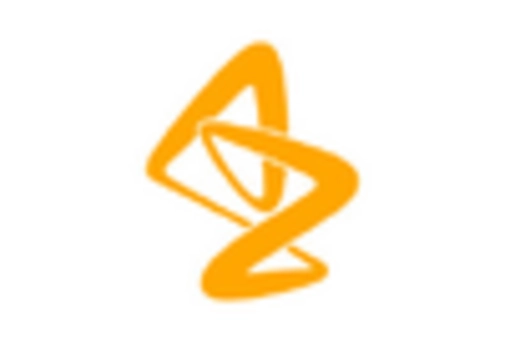
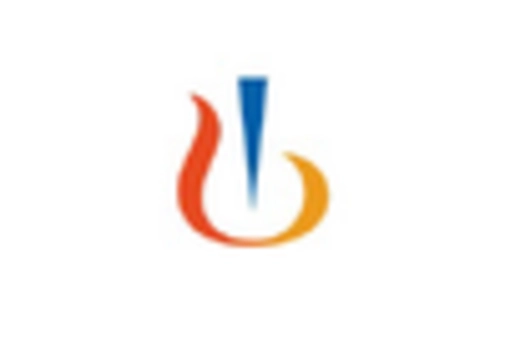
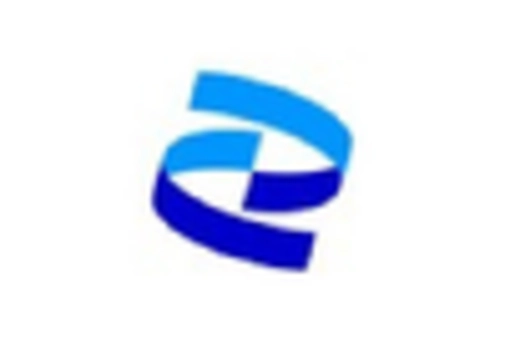
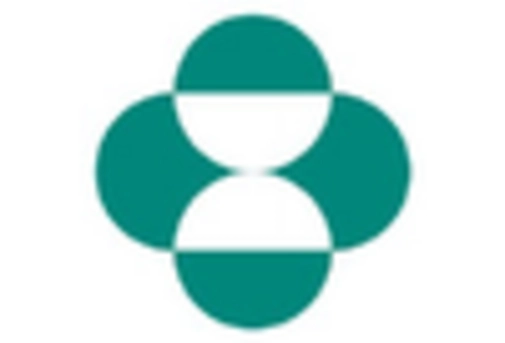




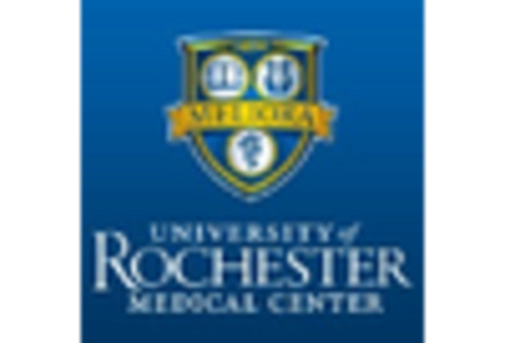










Leave a Comment